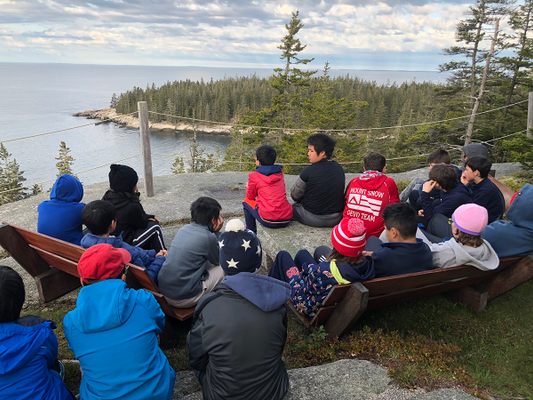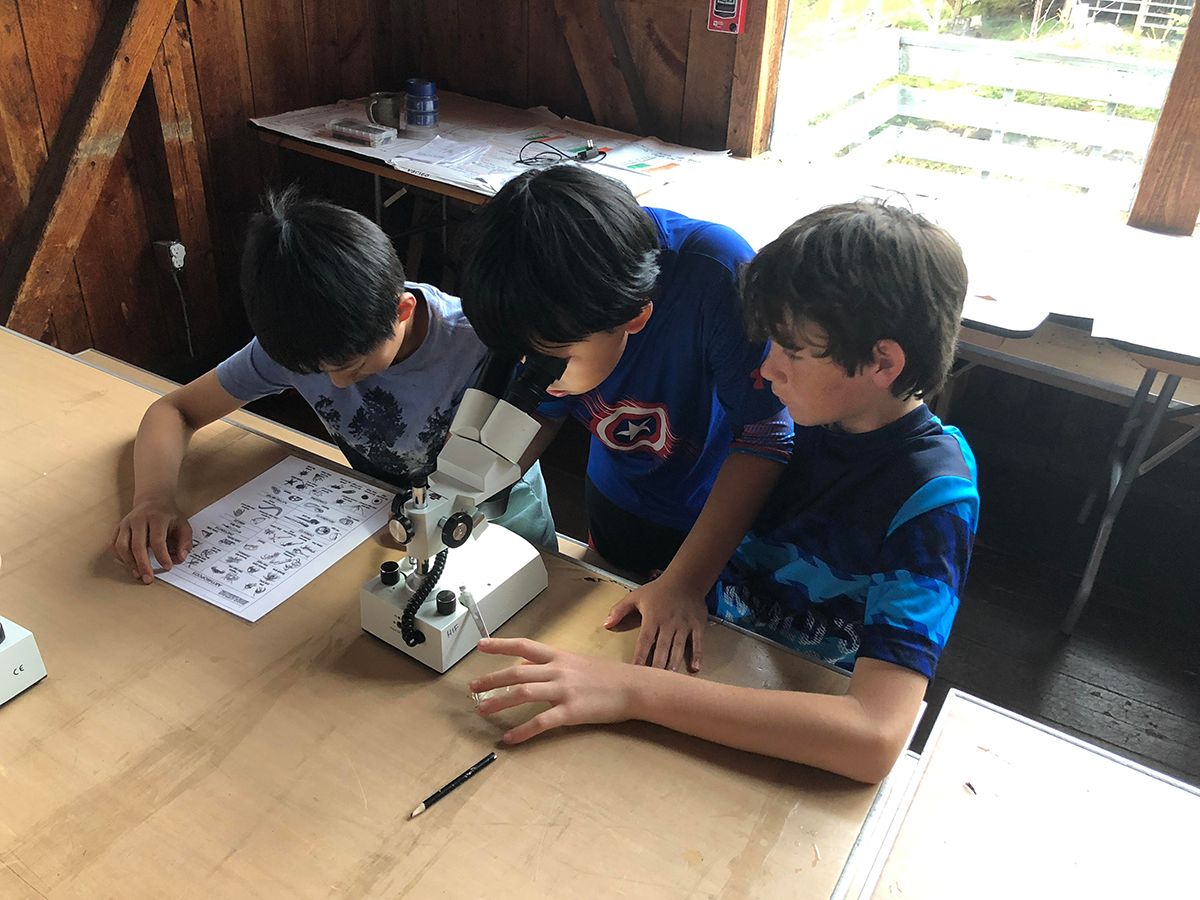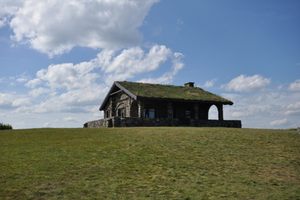About
The Center for Science, Leadership and Marine Research is a scientific and education community on Hurricane Island.
In 1870, General Davis Tillson—in partnership with Garret Coughlin and Patrick McNamara—purchased Hurricane Island for $1,000 with an intent to quarry the island’s pinkish-gray stone. In those days, water transportation was very efficient and granite transport via schooners was a familiar sight on the Eastern Seaboard.
General Tillson was able to secure government contracts for Civil War memorials and buildings that regularly utilized the granite from Hurricane Island. The granite quarrying was at its peak in 1870-1900 with the granite transported to build such iconic structures as the Brooklyn Bridge and the Washington Monument. In 1914, the quarry was closed after the last shipment sank in a shipwreck near Rockland, leading to the town being shuttered overnight. The city was abandoned in a hurry, leaving behind an eerie ghost town and homes filled with personal effects.
In 2009, the island became the field research station for the Center of Science, Leadership and Marine Research. At the center, programs for middle school through adult-level courses focus on marine sciences, STEM education, human ecology, sustainable living technology, and citizen science initiatives. The programs take place on Hurricane Island and in the off-season, the center’s staff work with Maine's teachers and students to continue to develop science and leadership education.
Know Before You Go
Hurricane Island is 10 miles southeast of Rockland and two miles southwest of Vinalhaven in the Fox Islands archipelago. Since the island is completely off-the-grid, the Center for Science, Leadership and Marine Research uses solar panels to generate power throughout the island. The center grows food on-site and is expanding a greenhouse. Resource management is a key learning experience for students who visit the island. The center encourages people to visit the island; however, you’ll need your own boat transportation to get there. Once you’ve arrived, you can check out the information board near the dock and take a map. Bear in mind that this is an active research center, and do not enter any buildings unless a staff member has invited you. You may also visit for free on a Volunteer Day, or pay to attend one of their Farm-to-Table Dinners.
Published
March 12, 2019













